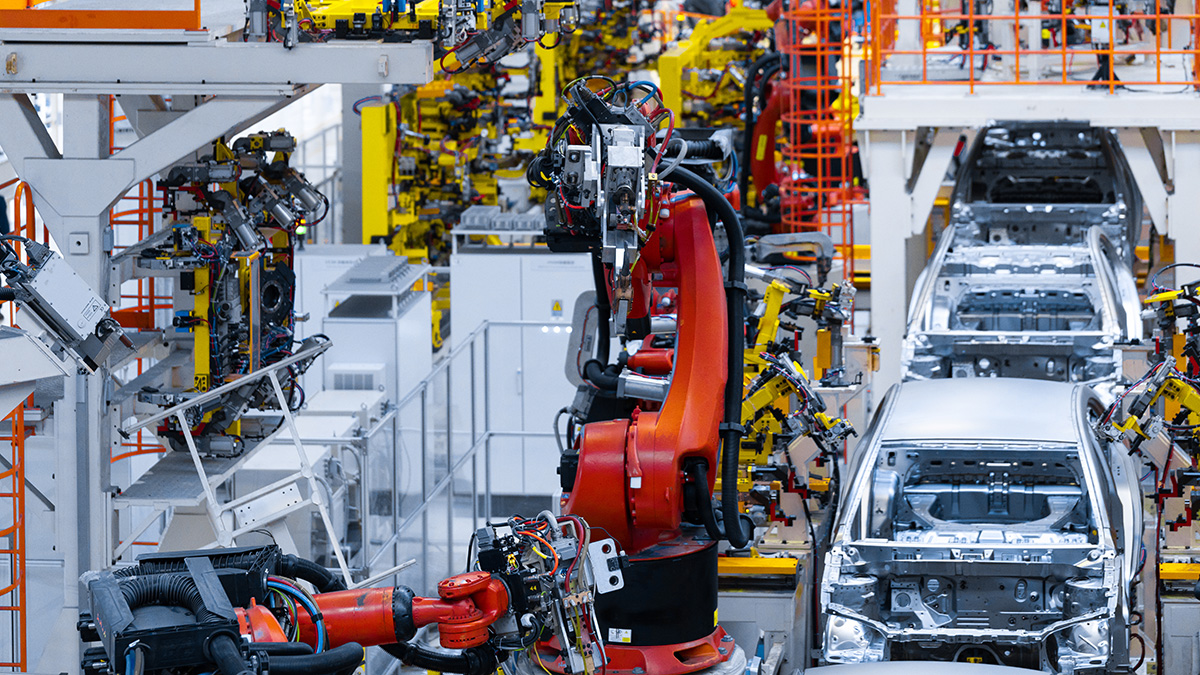Supply chains are heading into a challenging year. Manufacturers and retailers will face new and ongoing hurdles to keep production and distribution on track. A 2025 Manufacturing Dive survey shows that 93% of manufacturing leaders are optimistic about business growth in 2025, and 94% plan to invest in technology and automation to improve operations. For most companies this means updating existing tools and exploring new solutions like ERP systems, AI, and RFID technology to stay competitive and efficient.
As supply chain professionals gear up for 2025, understanding key trends will help tackle challenges and find new opportunities. Here are six trends to keep on your radar:
1. Optimizing Inventory Management Strategies
The survey found that 45% of manufacturing leaders are focusing on improving inventory management and enhancing end-to-end supply chain visibility. Companies are using RFID technology to better optimize their supply chain networks, solve issues like lack of supply chain transparency, and transfer supply chain to more data-driven decision making.
2. Digital Product Passport (DPP)
The Digital Product Passport (DPP) is changing how products are made, bought, and sold—especially in Europe. A DPP is a digital record containing key information about a product’s composition, origin, and lifecycle. New European legislation is driving this innovation, requiring detailed transparency that impacts global supply chain practices. For manufacturing supply chain managers, this means building systems to track and share product data more efficiently.
3. Technology Upgrades
Old systems won’t cut it anymore. Engineers and supply chain managers need tools that enable real-time decision-making, like RFID for tracking, AI for forecasting, and advanced analytics for deeper insights. Updating their existing technologies represents one of the largest growth opportunities for 63% of respondents.
4. Workforce Adaptation
Like most sectors, manufacturers face increasing competition for skilled workers—24% of organizations even list it as one of their top challenges, according to the survey. Automation can help fill some gaps, but upskilling and training employees to work alongside new technologies will remain crucial for maintaining productivity and meeting operational goals.
5. Geopolitical Planning
Global uncertainty isn’t going away. Diversify sourcing and build flexible operations to handle disruptions effectively.
6. Sustainability
Environmental goals are becoming a business priority. Making sustainability part of your operations can help meet customer expectations and create long-term savings.
By focusing on these trends, manufacturers and supply chain managers can better navigate the challenges of 2025 and stay ahead in a competitive market.
Why not use MSM to upgrade your supply chain technology?
MSM Solutions expertly uses the latest hardware and software to develop automated barcode and RFID solutions that advance your business.


